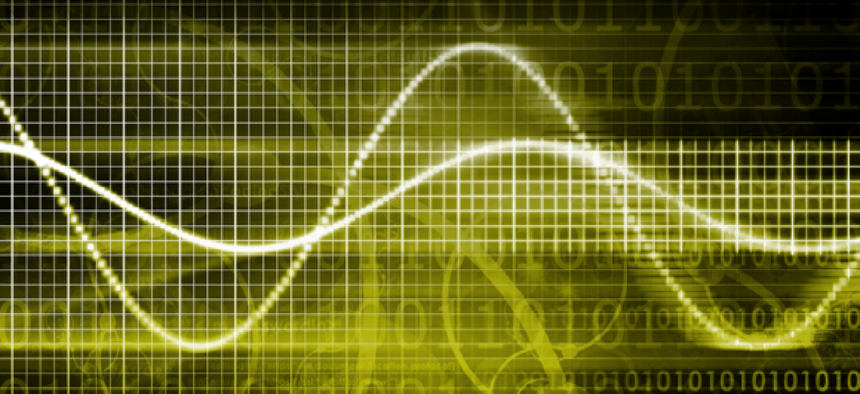Sandia's PANTHER predicts movement

Researchers have developed a way to store and represent trajectories so that computers can compare them more efficiently -- helping human analysts separate signals from noise.
Good detective work often demands tedious, sometimes mind-numbing observation, even in today's world of embedded sensors and big data intelligence.
Sandia National Laboratories, however, is looking to help bleary-eyed security data analysts power through huge, complex and critical data sets in real time.
Sandia's Pattern Analytics to Support High-Performance Exploitation and Reasoning (PANTHER) team is aimed specifically at helping analysts wade through big data like airline traffic, people's movements around locations, ship traffic and other people-and-goods in motion environments by automating the observation process.
PANTHER, Sandia announced in a Nov. 17 statement, is developing software that can couple sensor images with additional data and present both sets of information in a searchable format.
Funded by Sandia's Laboratory Directed Research & Development program, PANTHER is gleaning deeper insights from complex data sets in minutes instead of months, and covering hundreds of square miles instead of dozens.
Sandia researchers, according to lab officials, developed the Tracktable code that automates observation of motion and trajectories of people and objects that are under observation. The code could be applied to any problem that involves movement, such as airliners, ships or people. The system works without comparing the trajectories of, say ships or airplanes, against other ships or airplanes--the traditional method of searching for commonalities or anomalies in those applications.
The lab said researchers have developed a way to store and represent trajectories of airplanes, people, or ships, so that computers can compare them more efficiently and more quickly.
An analyst concerned about the number of airliners stuck in holding patterns, said the lab, could ask Tracktable about aircraft trajectories that made a certain pattern of turns, then calculate geometric features, such as the number of 90-degree turns an aircraft flew or the length of a straight line. Associating the similar kind of motion of the aircraft with coding, a computer can quickly group flights that are behaving in a similar way and have the same code together and present them to a viewer for interpretation and show them to the viewer for interpretation.





